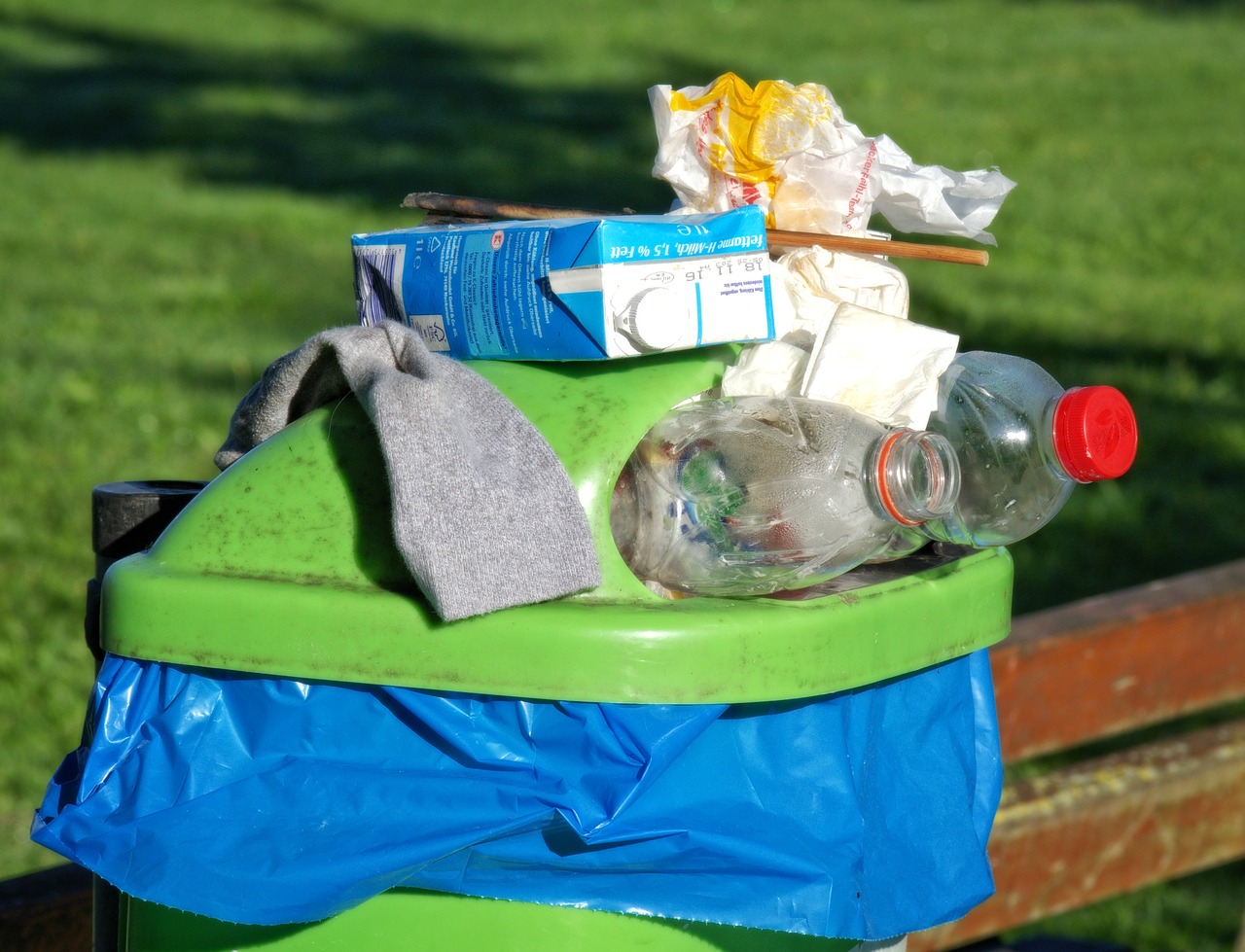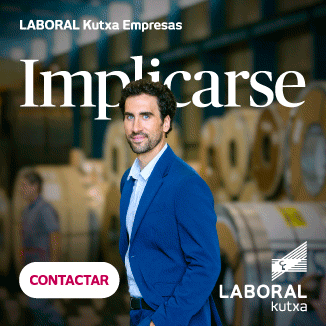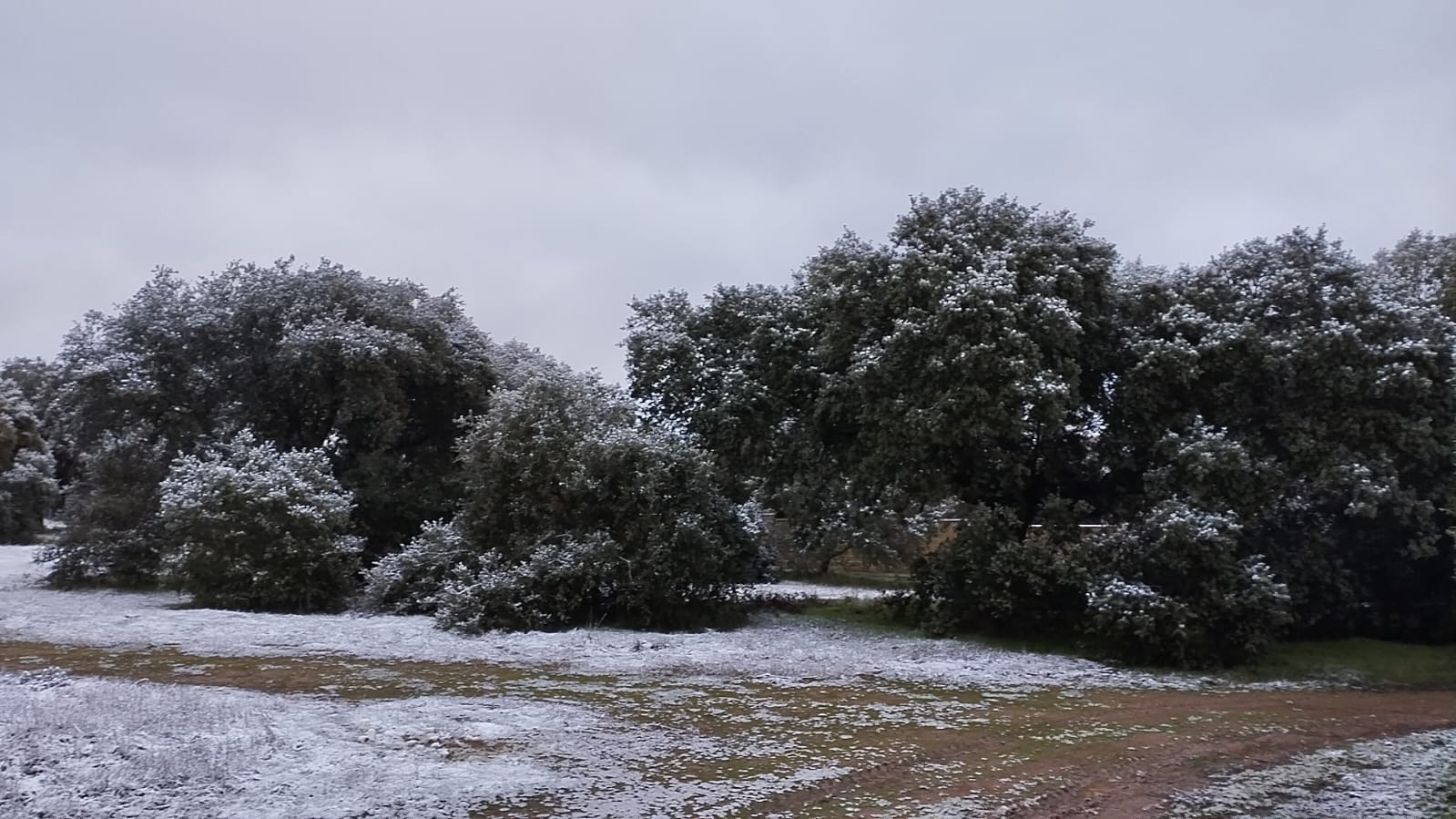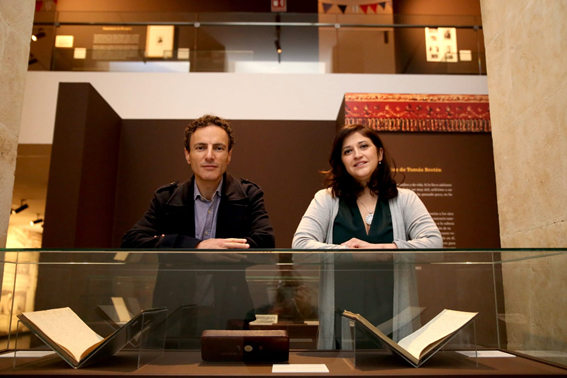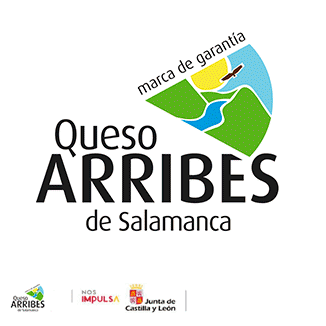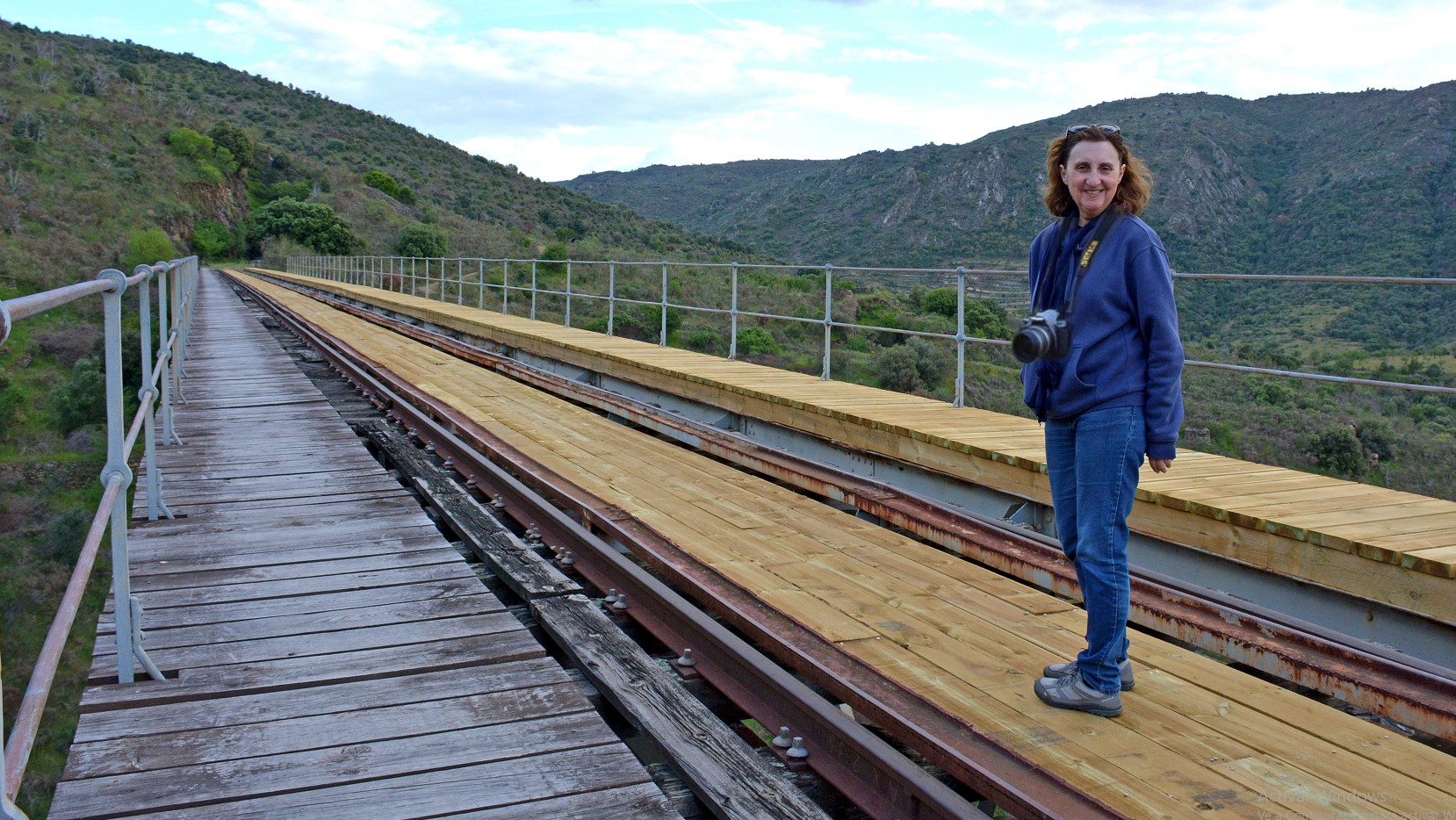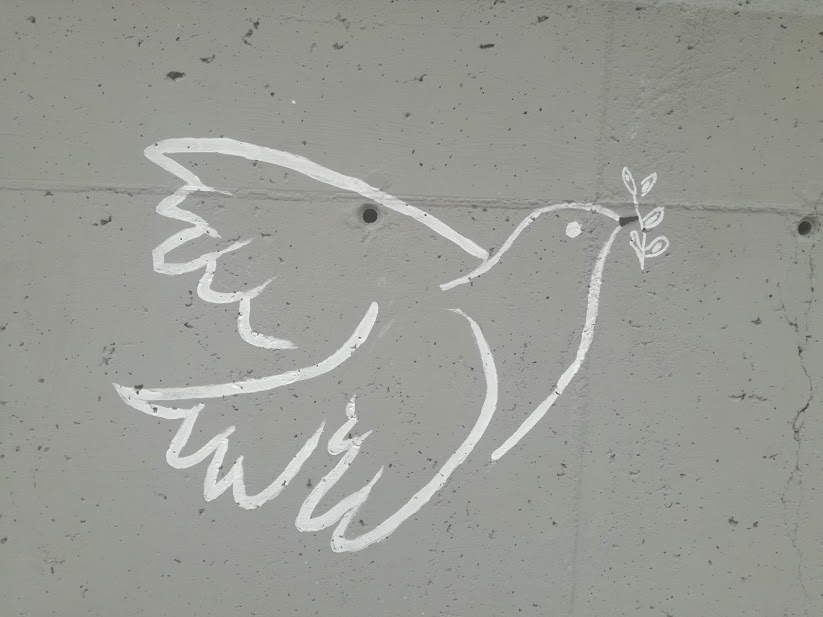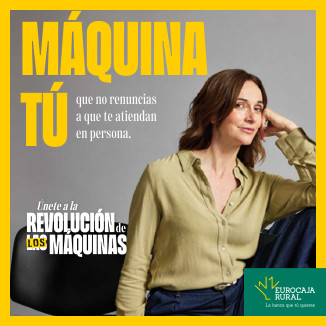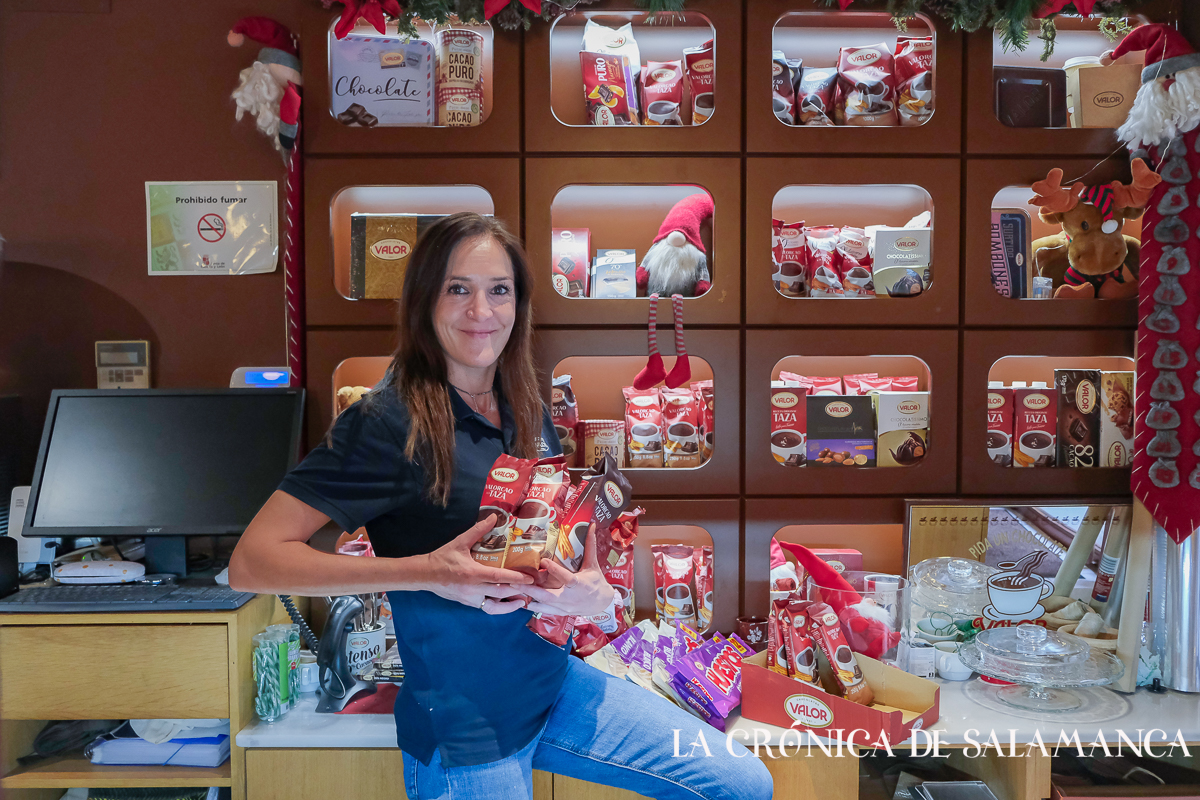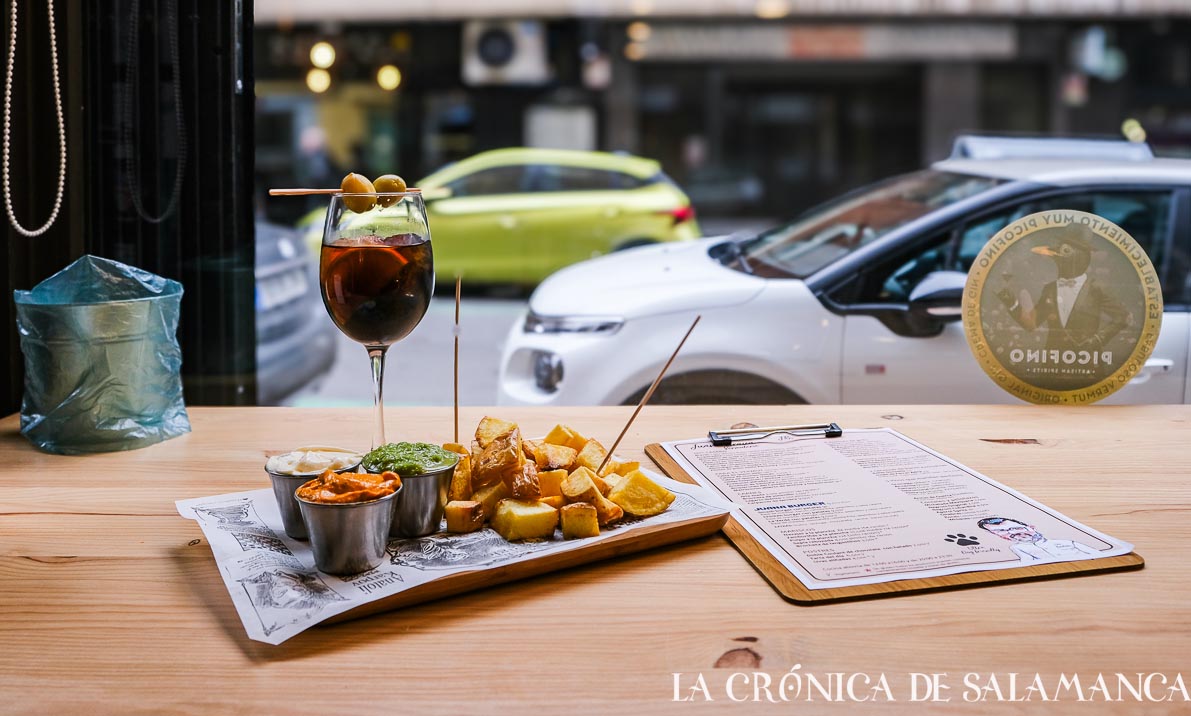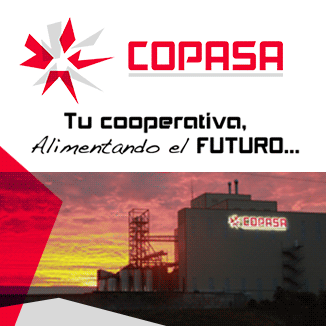[dropcap]H[/dropcap]ubo un tiempo en que los recipientes, envases y envoltorios de plástico no existían. Ciertos alimentos se transportaban en cucuruchos de papel de periódico y, como no, de papel estraza, ahora llamado papel kraft, que aún se utiliza en muchos países con este fin; las bebidas se envasaban, de manera general, en botellas de vidrio (retornables) que se devolvían tras su uso al comprar otras similares. Pero, llegó la industria petroquímica, con su gran poder, y consiguió cambiar nuestros hábitos; los envases y bolsas de plástico inundaron nuestra vida y la Tierra.
El plástico se ha convertido en uno de los residuos más peligrosos y que más impacto tiene sobre nuestro planeta. La naturaleza se resiente y debemos tomar conciencia de sus efectos para abandonar el uso de este material. Pero, para sustituirlo, hemos de pensar, primero; en reducir su uso y después priorizar los productos y envases reutilizables, que requieran la mínima cantidad de consumo de recursos naturales para su fabricación, que permitan muchos usos, que sean duraderos para aumentar su ciclo de vida y, cuando alcancen el final de su vida útil, permitan un reciclado sencillo, con poco consumo de energía, un bajo grado de generación de residuos y una mínima afección a la salud de las personas.
No es fácil determinar que materiales causan el menor impacto ambiental, aunque hay mucha información sobre ello, porque cada uno lo hace de forma diferente, pero lo que sí está muy claro es que hay que reducir la cantidad de residuos generados y, en esto, sí que es más fácil tomar decisiones y adquirir hábitos que conduzcan a ello.
“Vivimos en una sociedad desechable. Es más fácil tirar cosas que arreglarlas. Incluso le damos un nombre; lo llamamos reciclaje”. (Neil LaBute)
Reduction, the first resource; reuse and recycling, later
[dropcap]T[/dropcap]here was a time when plastic containers and wrappings did not exist. Certain foods were transported in newspaper paper cones and, of course, in brown paper, also called kraft paper, which is still used in many countries for this purpose; the drinks were generally packaged in glass bottles (returnable) that were returned after use when buying similar ones. But, came the petrochemical industry, with its great power, and managed to change our habits; the plasticpackages and bags flooded our life and the Earth.
Plastic has become one of the most dangerous waste and has the most impact on our planet. Nature suffers and we must become aware of its effects to abandon the use of this material. But, to replace it, we have to think, first; to reduce their use and then prioritize products and reusable packaging, which require the minimum amount of consumption of natural resources for their manufacture, which allow many uses, which are durable to increase their life cycle and, when they reach the end of their lives useful, allow a simple recycling, with little energy consumption, a low degree of waste generation and a minimal impact on the health of people.
It is not easy to determine which materials cause the least environmental impact, although there is a lot of information about it, because each one does it differently, but what is very clear is that the amount of waste generated must be reduced and, in this, it is easier to make decisions and acquire habits that lead to it.
“We live in a disposable society. It’s easier to throw things than to fix them. We even give it a name; we call it recycling”. (Neil LaBute)


